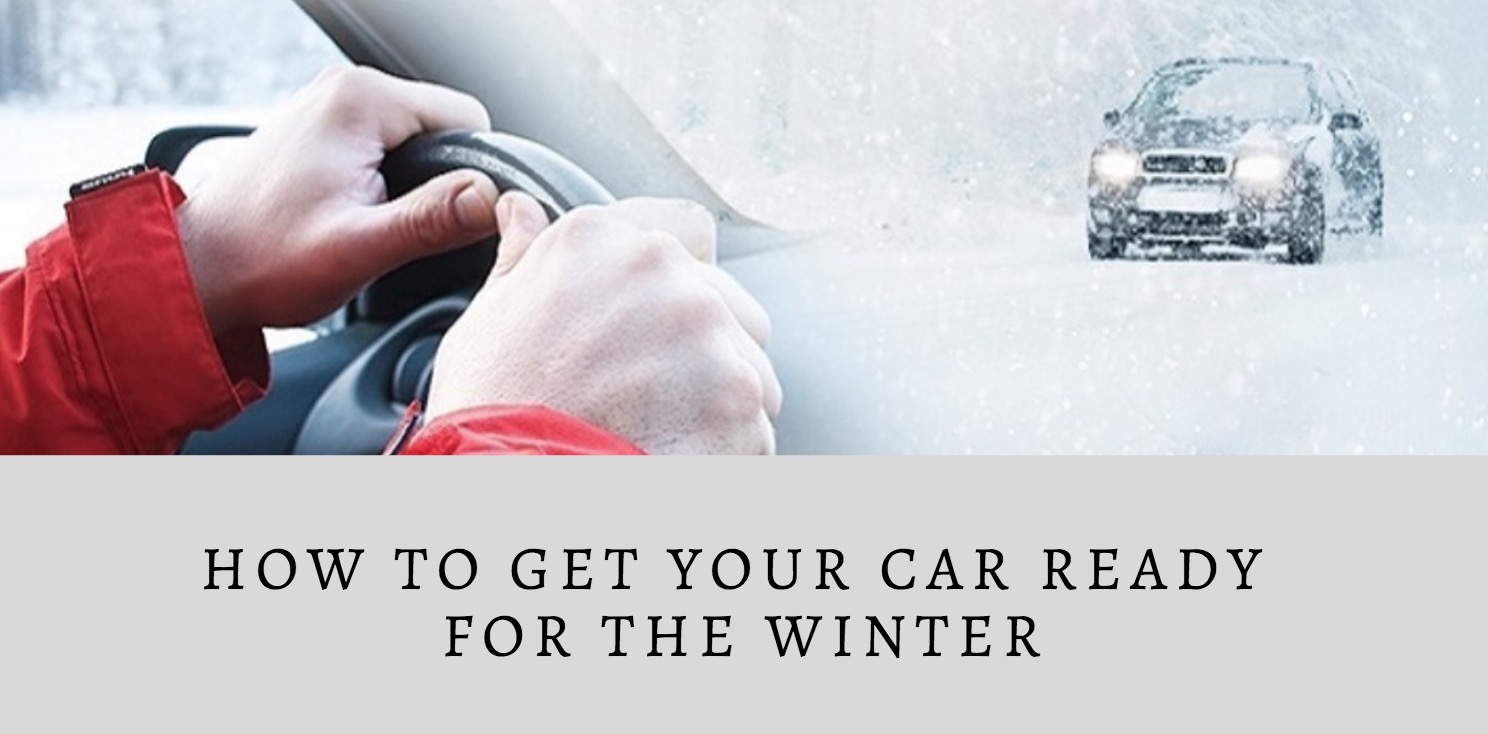How To Get Your Car Ready For The Winter
I would estimate that I pull out 10 – 15 cars from the snow bank after running off the ice roads every year. While a good amount of them are high school or college kids goofing off or going too fast around a corner, I would say that the other half are from cars that were not properly equipped for the winter weather. Poor vision out of the windshield or lack of proper tires resulted them ending up in the ditch.
Each year, I review my “winter check list” for both of my cars to ensure that they are ready for us to drive on the ice and snow. Use this quick checklist below to make sure your vehicles keep you and your loved ones safe on the roads this winter:
Checklist
It’s not safe for you to drive a car that hasn’t been inspected and tuned for the winter months. If you’re familiar with cars and know how to inspect and service each of the following then you can do this by yourself, otherwise you should take your car into an auto shop/ mechanic where they are certified to check the whole car and get you ready for the winter.
1- Insurance: This is something that should be done regardless of the time of year but double checking that your insurance is up to date is not a bad idea. If you are caught driving without insurance coverage you could be heavily fined and it is even worse if you get into an accident without insurance.
2- Battery: The cold weather and harsh conditions of the season can be hard on the battery. Have your battery looked at so that it can be recharged or replaced if needed to ensure that it will start in even the coldest conditions.
3- Lights: It is important to inspect your lights – inside and out. Check the following lights:
Head lights: If the snow has just fallen then you should brush them off. Clean off any dirt or hard water stains that may reduce their brightness. Check both the standard light setting and the high beams.
Turn signal: Check the front and back of each side of the car
Emergency Flashers: Ensure that the lights are flashing on both the front and back of the car. Additionally, make sure that the lights are bright enough and not covered with hard water or other debris that could affect the lights and other cars from seeing you on the side of the road.
Tail Lights/brake lights: Make sure that the lights are bright and easy to see for other cars behind you. Check that the brake lights get remarkably brighter when the break is applied.
4- Brakes: This is very important. Have your brakes tested and know what they feel like to you. Are they hard to push, light to the touch and does the car stop right away or does it take a moment or two to get the car to stop?
5- Tires: Having good tires can make all the difference in the world when driving on snow or ice covered roads. Traction is the key to good acceleration, breaking and turning. There are a few different options for tires in the winter.
Snow tires are designed to grip the ice and snow covered roads well. Helps to stop and go well on the ice or thick snow. Should be changed out during the summer months to prolong its life.
Studded snow tires are designed with metal studs that are embedded within the rubber tread of the tire. They greatly improve the traction on ice and snow-covered roads. This enables your car to stop and go faster and with more control. Some states prohibit the use of studded tires during certain months as the metal can destroy the roads if there is no ice or snow and must be changed out for regular tires when the snow melts.
All season tires are designed to grip the road regardless of the weather conditions and don’t need to be rotated out after the winter. However, they should be rotated around the car every 3,000 to 5,000 miles to prolong their life.
6- Windshield and windshield wipers: Check your windshield for any rock chips that need to be fixed so that they don’t crack more and obstruct your view while driving. Driving with a crack across your windshield can not only be dangerous but can also give you a headache with trying to focus beyond the crack.
Windshield wipers should easily remove the water from the windshield without leaving water lines or streaks that will obstruct your view.
7- Emergency Kit: Make sure you have a car emergency kit in your car. The kit should include things to help you in case you get stuck in the snow or get a flat tire.
Some items I like to have in my car are:
-Flash light
-Rubber mat to place under a tire for traction
-Small bag of ice melt
-Shovel
-Blanket
-Jumper cable
-Cell phone charger
-Spare tire
-Heat packet warmers
-Tow rope
For a more detailed list of items you should have in your car, please read our other article titled “What Safety Items Should Be Kept In Your Vehicle“.
Take the time to inspect your car and get it ready to drive in the snow this winter so that you can make it to and from your destinations safely. A little preparation can go a long way if you find yourself and/or your loved ones stuck on the roads in bad weather. Be safe and happy driving.

